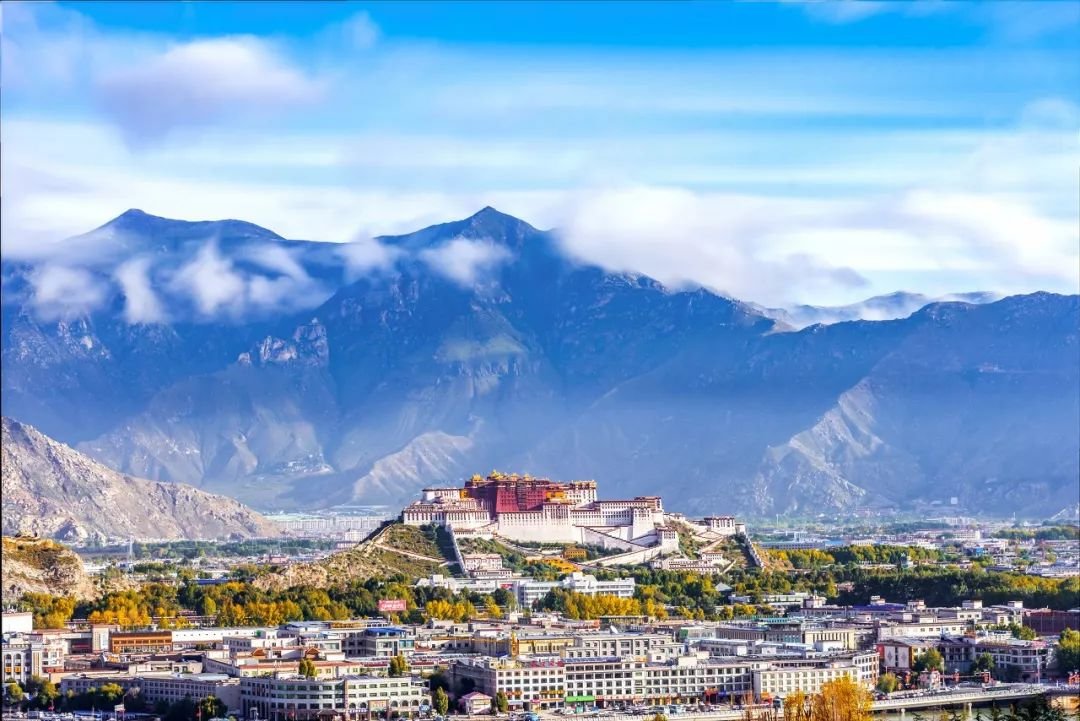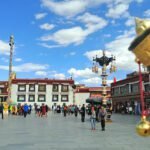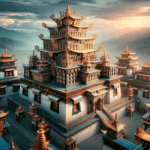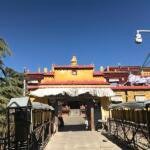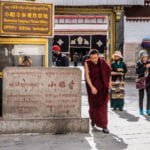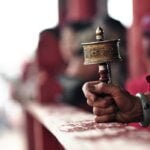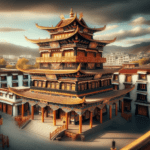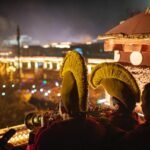Lhasa: A Tapestry of Spirituality and Culture Centered Around Jokhang and Ramoche Temples
In the heart of Tibet lies Lhasa, a city revered as “Buddha’s Land,” a title that becomes profoundly evident when one delves into its rich spiritual history centred around the Jokhang and Ramoche Temples. These temples not only form the nucleus of religious life in Lhasa but also symbolize the city’s historical evolution and cultural fusion.
Jokhang Temple: The Epicenter of Tibetan Buddhism
- Foundational Significance: The Jokhang Temple, pivotal to the spiritual life of Lhasa’s residents, stands as a testament to the city’s deep Buddhist roots. It is here that the intricate tapestry of Lhasa’s history and spirituality unfolds.
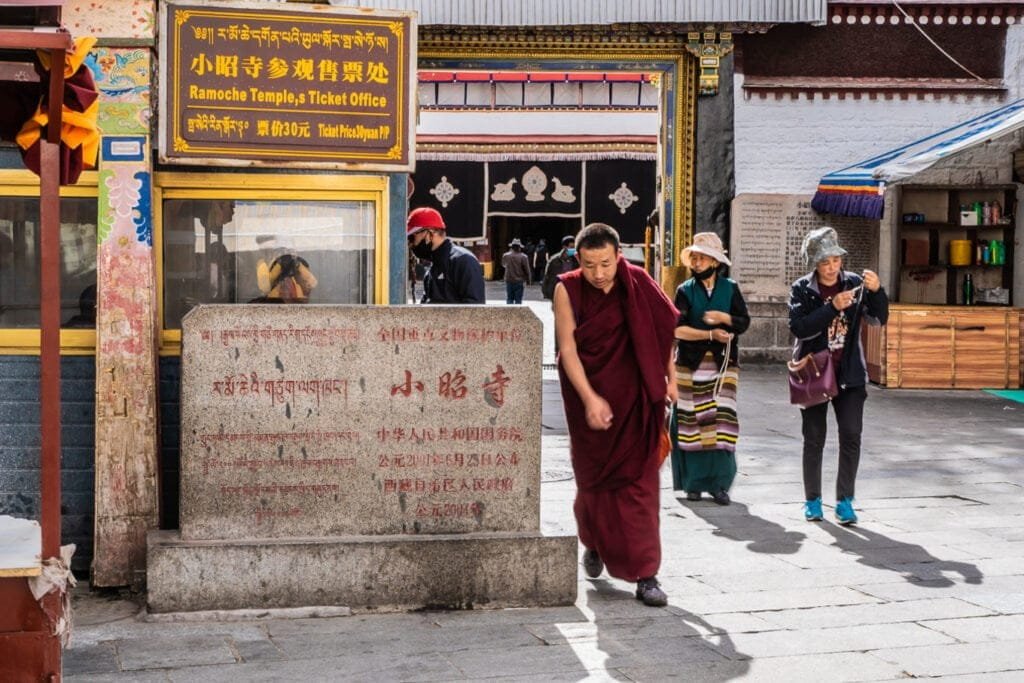
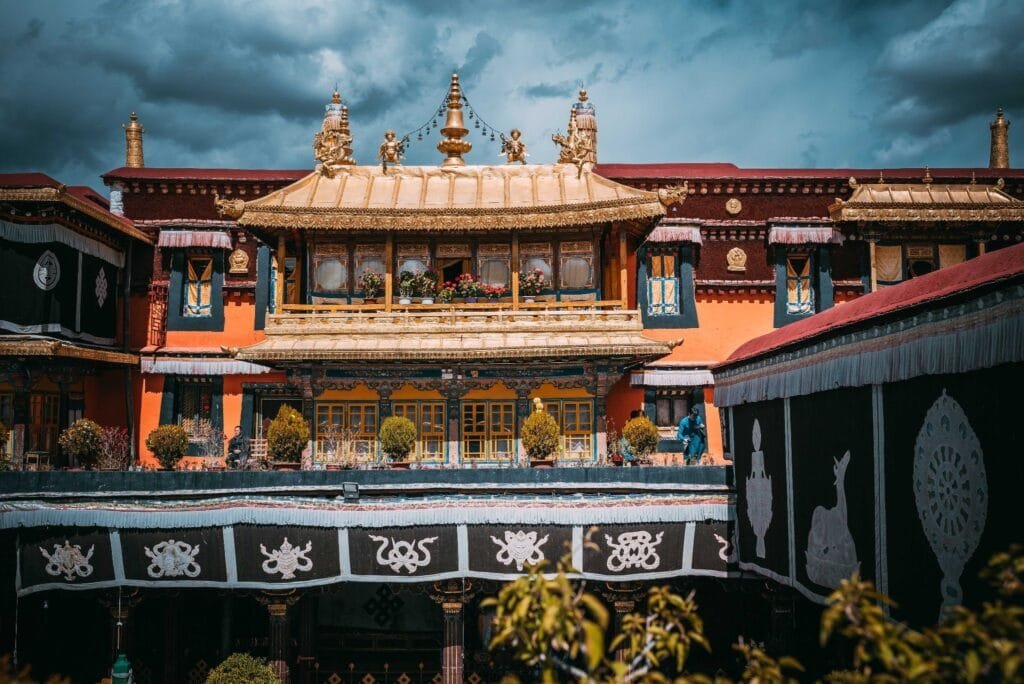
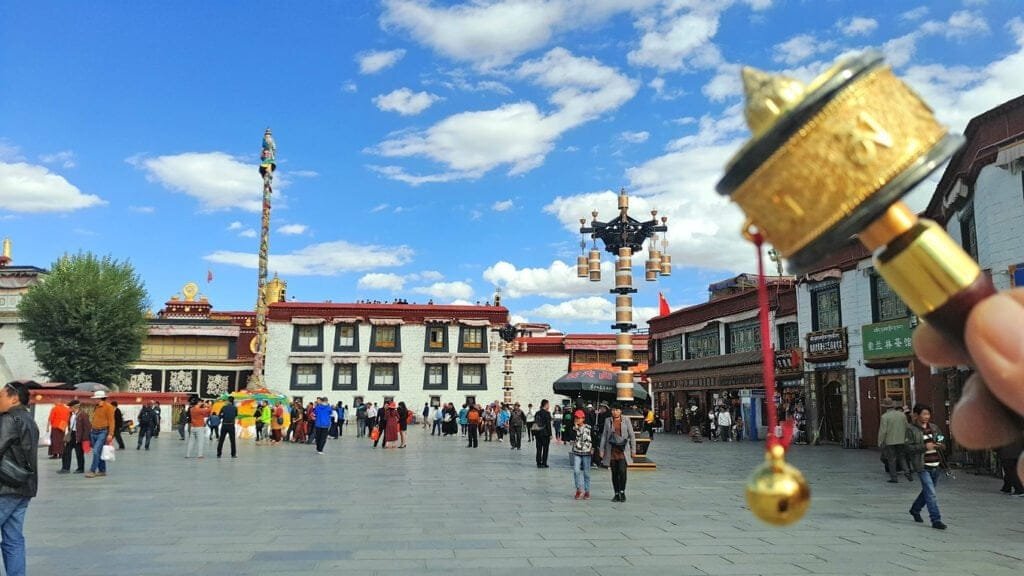
The Transformation of Lhasa: A Journey from Barren Plains to Spiritual Epicenter
From ‘Rasa’ to ‘Lhasa’: The Spiritual Metamorphosis
- A Land Reborn: Once known as ‘Rasa’, a mere ‘place of goats,’ the introduction of Buddhism transformed it into Lhasa, ‘the land of God and Buddha.’ This transformation, deeply rooted in the seventh century A.D., is credited to the profound influence of Buddhism introduced by Princess Wencheng of the Tang Dynasty.
- Rise of an Urban Spiritual Center: The establishment of the Jokhang and Ramoche Temples signified a monumental shift for Lhasa. Transforming from a barren landscape, the city emerged as a vibrant hub of Buddhist worship and community life, marking its genesis as an urban spiritual centre.
Princess Wencheng: The Bridge between Cultures and Faiths
- Beyond Politics: A Union of Cultures and Beliefs: The marriage of Princess Wencheng to Tibetan Emperor Songzan Ganbu transcended political boundaries, creating a powerful channel for cultural and religious exchange between Tibet and the Tang Dynasty.
- Embodiments of Faith: The arrival of Princess Wencheng, alongside Princess Trizun of Nepal, each bearing a revered statue of Sakyamuni Buddha, laid the foundation for the construction of the Jokhang and Ramoche Temples. These statues symbolized not just religious artefacts but also a shared spiritual legacy between diverse cultures.
In essence, the evolution of Lhasa from a simple settlement to a renowned spiritual haven is a narrative steeped in cultural interchange, religious reverence, and historical significance. The city’s transformation is a testament to the enduring legacy of Princess Wencheng and the deep-rooted spiritual connections fostered through her marriage, forever altering the religious and cultural landscape of Tibet.
Exploring Lhasa: The Heart of Tibetan Buddhism and Cultural Heritage
Lhasa, a city deeply entrenched in Buddhist traditions and history, stands as a vibrant testament to the spiritual and cultural richness of Tibet. This sacred city, home to the Jokhang and Ramoche Temples, is a focal point of religious devotion and a treasure trove of historical artefacts.
Sacred Statues of Sakyamuni Buddha in Lhasa
- Historical and Spiritual Treasures: The rare and holy statues of Sakyamuni Buddha, brought by Princess Wencheng and Princess Trizun, are central to Lhasa’s religious significance. These unique depictions of Buddha at different ages are significant relics in the Buddhist world, attracting pilgrims and historians alike.
The Pivotal Role of Princess Jincheng in Tibetan Buddhism
- Enhancing the Religious Landscape: The arrival of Princess Jincheng in the 8th century marked a significant moment in the evolution of Buddhism in Tibet. Her decision to move the 12-year-old Sakyamuni Buddha statue to the Jokhang Temple significantly enhanced its religious importance, solidifying Lhasa’s status as a spiritual hub.
Lhasa Today: A Living Legacy of Buddhism
- Vibrant Reflection of Buddhist Traditions: Modern-day Lhasa is a living embodiment of its Buddhist heritage. The city, especially around the Jokhang Temple, is a hub of spiritual activity, showcasing the daily religious practices and deep faith of its residents.
- A Unique Geographical Gem: Situated in the Lhasa River valley, Lhasa enjoys the distinction of being one of the world’s highest cities. Its unique location contributes to its spiritual allure, offering a serene and enlightening experience to visitors and pilgrims.
Experiencing Lhasa’s Spiritual Essence
- Witnessing Devotion and Faith: To truly understand the essence of Lhasa’s spirituality, visitors are encouraged to observe the local populace’s devout practices and rituals. This experience provides a profound glimpse into the soul of this revered city.
Lhasa, with its rich Buddhist history and cultural significance, is not just a geographical location but a journey into the heart of Tibetan spirituality and tradition. The city’s deep-rooted connection to Buddhism, exemplified by the Jokhang and Ramoche Temples and the sacred statues of Sakyamuni Buddha, makes it an essential destination for those seeking insight into Tibet’s spiritual and cultural heritage.

